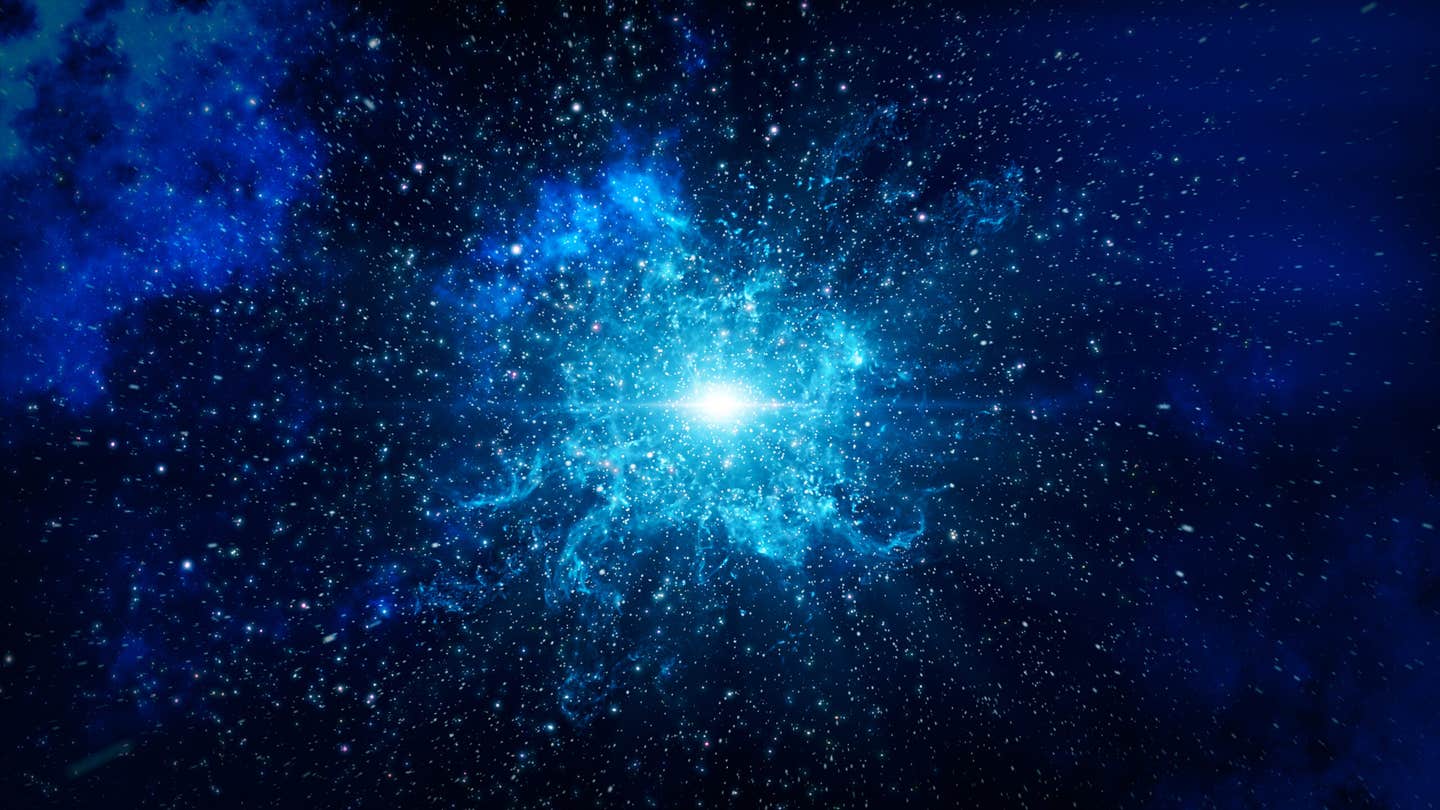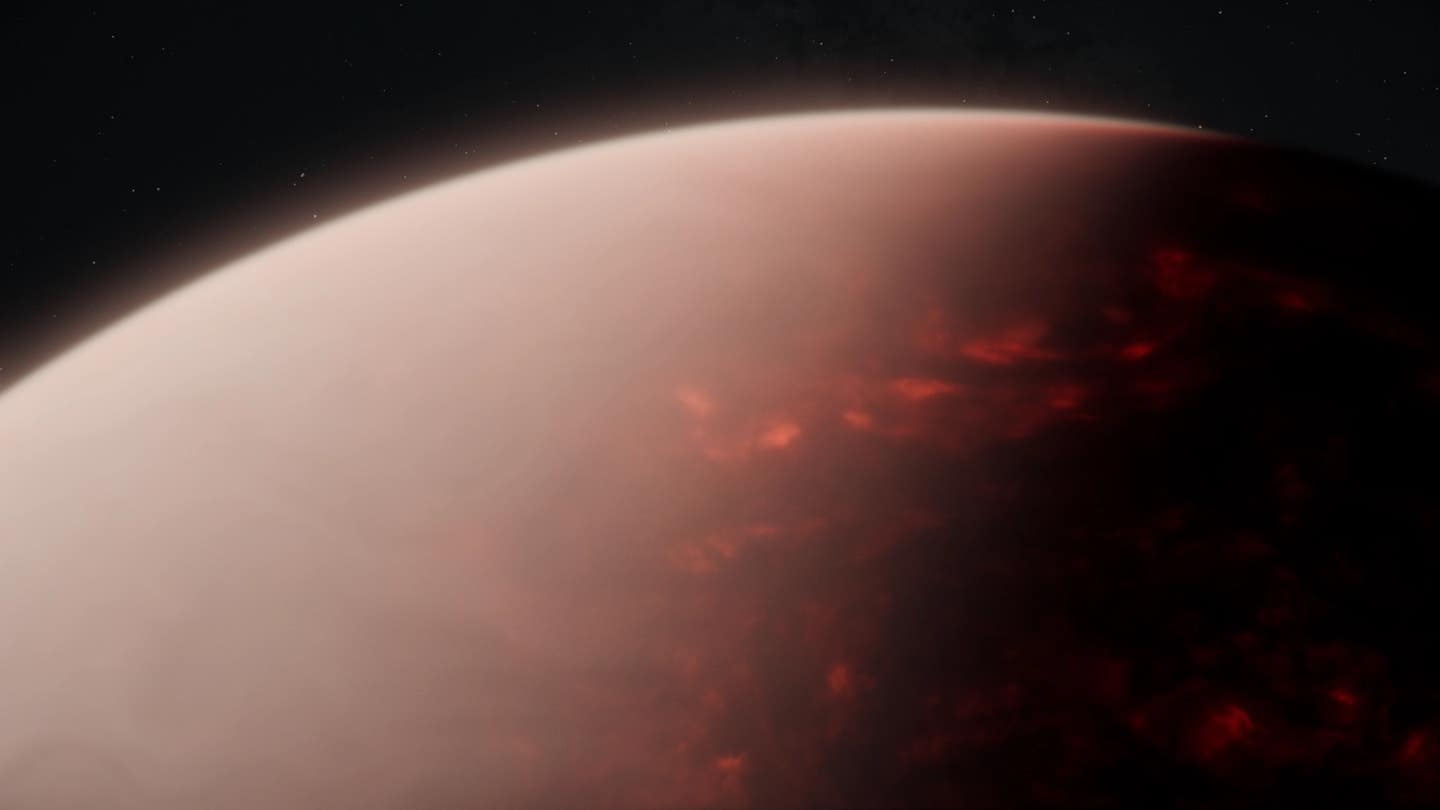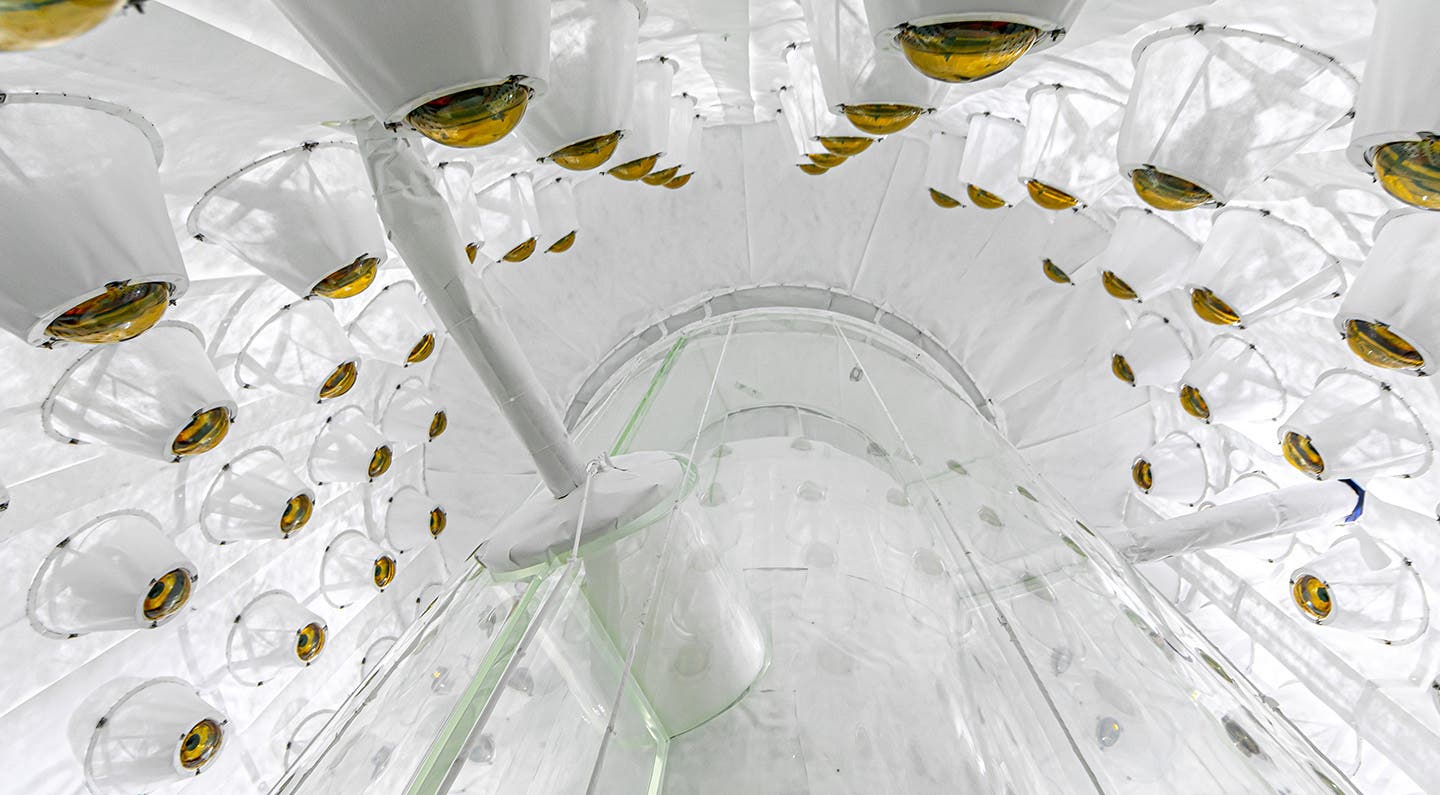ALMA detector reveals how the universe builds its largest and brightest stars
Using ALMA, astronomers discovered giant gas streamers fueling young stars, offering fresh insight into how massive stars grow despite intense radiation.

 Edited By: Joseph Shavit
Edited By: Joseph Shavit

Astronomers using ALMA uncover new evidence about how massive stars grow, revealing cosmic gas streamers feeding young stellar giants. (CREDIT: Shutterstock)
The night sky may look calm, but behind the glowing points of light lies a violent and complex process of creation. Stars, some heavier than millions of Earths, are born through fierce struggles between gravity pulling material inward and radiation pushing it away. For the most massive stars, this balance has long been puzzling. How do they keep gathering enough fuel to grow when their own energy should blow it all away?
A group of astronomers from Kyoto University has now uncovered part of the answer. Their work shows that stars may not only grow through the expected swirling disks of gas but also through powerful cosmic streams that deliver matter like giant interstellar highways. This discovery gives new insight into how the universe builds its largest and brightest suns.
The mystery of stellar giants
Our own Sun is massive—about 330,000 times heavier than Earth—but even it is small compared to many stars in the universe. Astronomers classify stars more than eight times the Sun’s mass as high-mass stars. These giants burn brighter, live shorter lives, and end in spectacular explosions as supernovae.
The mystery lies in their growth. As stars form, they give off intense winds and radiation, which should blast away the very gas they need to grow. Yet many stars reach incredible sizes. Something must be feeding them faster than their energy can push material away.
For decades, scientists thought that large accretion disks—vast, rotating structures of gas and dust—were the main solution. These disks could funnel matter onto stars at a steady rate, overcoming the pushback of radiation. But recent research hints at a more dynamic process.
A closer look with ALMA
Fernando Olguin, a researcher and lead author of a new study, wanted to see star formation in greater detail. He and his team turned to the Atacama Large Millimeter/submillimeter Array (ALMA), a powerful collection of 66 radio telescopes in the Chilean desert. ALMA can detect the faint glow of cold dust and molecules in space, giving astronomers a sharp view of the dense, hidden regions where stars are born.
High-mass star-forming regions are typically far away, making them hard to observe. With ALMA’s high resolution, however, the team was able to zoom in on one young, massive star system like never before.
The results were surprising. Instead of only seeing a neat, large disk as expected, the researchers spotted streamers—long, thin flows of gas stretching from the surrounding cloud toward the star. These streamers dive deep into the system, well inside the zone where a disk would normally dominate.
Streamers as cosmic lifelines
The team found that at least one of these streamers was delivering matter directly to the central region of the young star. The gas flow showed signs of rotation and infall, clear evidence that material was being funneled inward. “Our work seems to show that these structures are being fed by streamers, which are flows of gas that bring matter from scales larger than a thousand astronomical units, essentially acting as massive gas highways,” says Olguin.
The amount of gas carried by the streamers is immense—enough to feed the star at a rate that counteracts the outward blast of its radiation. In other words, the streamers may be the secret to how massive stars overcome the limits of feedback and keep growing.
The researchers had expected to see a disk hundreds of astronomical units wide, possibly with spiral arms feeding it. Instead, the data suggested either an extremely small disk or none at all. “We found streamers feeding what at that time was thought to be a disk, but to our surprise, there is either no disk, or it is extremely small,” says Olguin.
Rethinking how stars grow
This discovery changes the way astronomers think about stellar nurseries. Disks may still play a role in star growth, but streamers appear capable of transporting large amounts of gas on their own. They could serve as a direct pathway, bypassing the need for a large, stable disk altogether.
The finding also helps explain how stars can reach such extreme masses despite the intense feedback that should stop their growth. With streamers delivering fresh gas continuously, even a young star blasting out energy can keep feeding and expanding. The process may be more common than once thought. If streamers exist in many regions, they could be a universal mechanism for high-mass star formation.
What comes next
The research team, which includes members from Kyoto University and the University of Tokyo, plans to expand the study to other star-forming regions. Their goal is to see whether streamers are a widespread feature of massive star birth or if this system is unusual.
They also want to look closer to the stars themselves to confirm whether small disks exist or if the streamers feed the star almost directly. ALMA, with its unmatched precision, will continue to play a key role in these investigations.
Every discovery brings new questions. How do streamers form within the chaotic clouds of gas and dust? How stable are they, and how long can they last? Could their presence affect the chances of planet formation in such systems? These questions will guide astronomers as they continue exploring the hidden cradles of stars.
The bigger picture
Understanding how massive stars grow is more than a matter of curiosity. These giants shape galaxies with their radiation, winds, and explosive deaths. They seed space with heavy elements, forge new generations of stars, and even influence where planets can form. Without them, the universe would look very different.
The idea of streamers adds a vivid new detail to this cosmic story. Picture colossal rivers of gas stretching across light-years of space, funneling their flow into a single point of brightness.
It is a scene as beautiful as it is powerful, reminding us that even in the vastness of space, forces work with precision to create the building blocks of the universe.
Research findings are available online in the journal Science Advances.
Related Stories
- The universe was already warm before the first stars lit the sky
- Black hole stars: Giant stars may hide black holes at their core
- Scientists solve mystery of the fastest stars in the galaxy
Like these kind of feel good stories? Get The Brighter Side of News' newsletter.
Mac Oliveau
Science & Technology Writer
Mac Oliveau is a Los Angeles–based science and technology journalist for The Brighter Side of News, an online publication focused on uplifting, transformative stories from around the globe. Passionate about spotlighting groundbreaking discoveries and innovations, Mac covers a broad spectrum of topics—from medical breakthroughs and artificial intelligence to green tech and archeology. With a talent for making complex science clear and compelling, they connect readers to the advancements shaping a brighter, more hopeful future.



